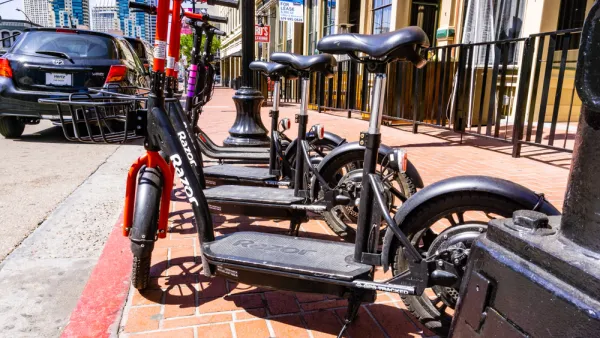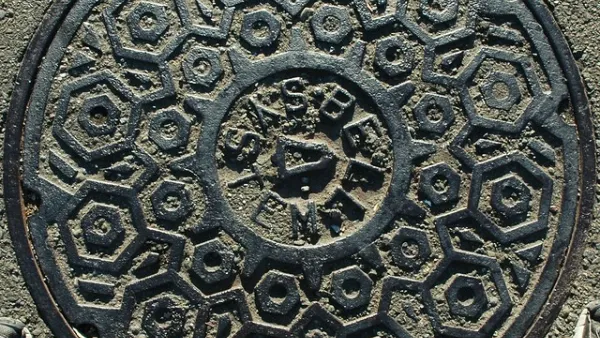Some planning jargon actually clarifies rather than confuses.

Today, I read a fascinating article by Josh Cohen at Next City, titled "What Planning Jargon Do You Wish to See Disappear?". The article describes eight terms as questionable.
For example, Cohen criticizes the common use of the word "livability." He points out that "livability" is an inherently vague term: some people think sprawl is livable, others prefer neighborhoods that are dominated by single-family homes but still more walkable than most suburbs, while others prefer more compact development. In addition, there are substitute terms that are just as effective as "livability" in conveying their meaning: if you think walkable neighborhoods are more livable than sprawl, why not just say you prefer walkable neighborhoods instead?
Admittedly, even "walkability" is somewhat ambiguous—but even so, this term is not as all-encompassing as "livable." For example, a neighborhood with no sidewalks and wide streets dominated by 40 mph traffic might be considered livable by those who revere speedy driving, but it is certainly not walkable.
Cohen also criticizes some terms with a clear meaning that are nevertheless obscure to non-planners. For example, he criticizes the use of the term "cycletrack" as a synonym for "bike lane separated from traffic," because "a cycletrack is likelier to evoke an image of cyclists racing in a velodrome than a bike lane with planters and curbs." I agree; here, a synonymous phrase is less obscure and more widely understood.
But he also criticizes terms merely because they are not widely known. For example, Cohen rejects the use of the term "stroad" to describe streets with fast traffic, because "for most everyone else in the world, roads and streets are synonymous and a portmanteau of them means nothing." In other words, most people don't know what a stroad is. I agree that most Americans don't know what a stroad is—but every non-obscure term was once obscure. The genius of the word "stroad" is that it conveys a one-word mental picture of something that would otherwise require a sentence to describe—a street where cars travel so rapidly as to endanger pedestrians, but which is not a limited-access highway (which means that street lights ensure constant stop-and-go traffic, thus making both pedestrians and drivers unhappy.) I wish every American knew what a stroad was, and I am happy to help lead readers in this direction!
The term "stroad" illustrates why the creation of a new word can sometimes be a good thing: it allows us to take a complex idea and describe it in one vivid word. The best "jargon words" clarify; the worst are so vague that they increase, rather than reduce, reader confusion.

National Parks Layoffs Will Cause Communities to Lose Billions
Thousands of essential park workers were laid off this week, just before the busy spring break season.

Retro-silient?: America’s First “Eco-burb,” The Woodlands Turns 50
A master-planned community north of Houston offers lessons on green infrastructure and resilient design, but falls short of its founder’s lofty affordability and walkability goals.

Delivering for America Plan Will Downgrade Mail Service in at Least 49.5 Percent of Zip Codes
Republican and Democrat lawmakers criticize the plan for its disproportionate negative impact on rural communities.

Test News Post 1
This is a summary

Test News Headline 46
Test for the image on the front page.

Balancing Bombs and Butterflies: How the National Guard Protects a Rare Species
The National Guard at Fort Indiantown Gap uses GIS technology and land management strategies to balance military training with conservation efforts, ensuring the survival of the rare eastern regal fritillary butterfly.
Urban Design for Planners 1: Software Tools
This six-course series explores essential urban design concepts using open source software and equips planners with the tools they need to participate fully in the urban design process.
Planning for Universal Design
Learn the tools for implementing Universal Design in planning regulations.
EMC Planning Group, Inc.
Planetizen
Planetizen
Mpact (formerly Rail~Volution)
Great Falls Development Authority, Inc.
HUDs Office of Policy Development and Research
NYU Wagner Graduate School of Public Service






























